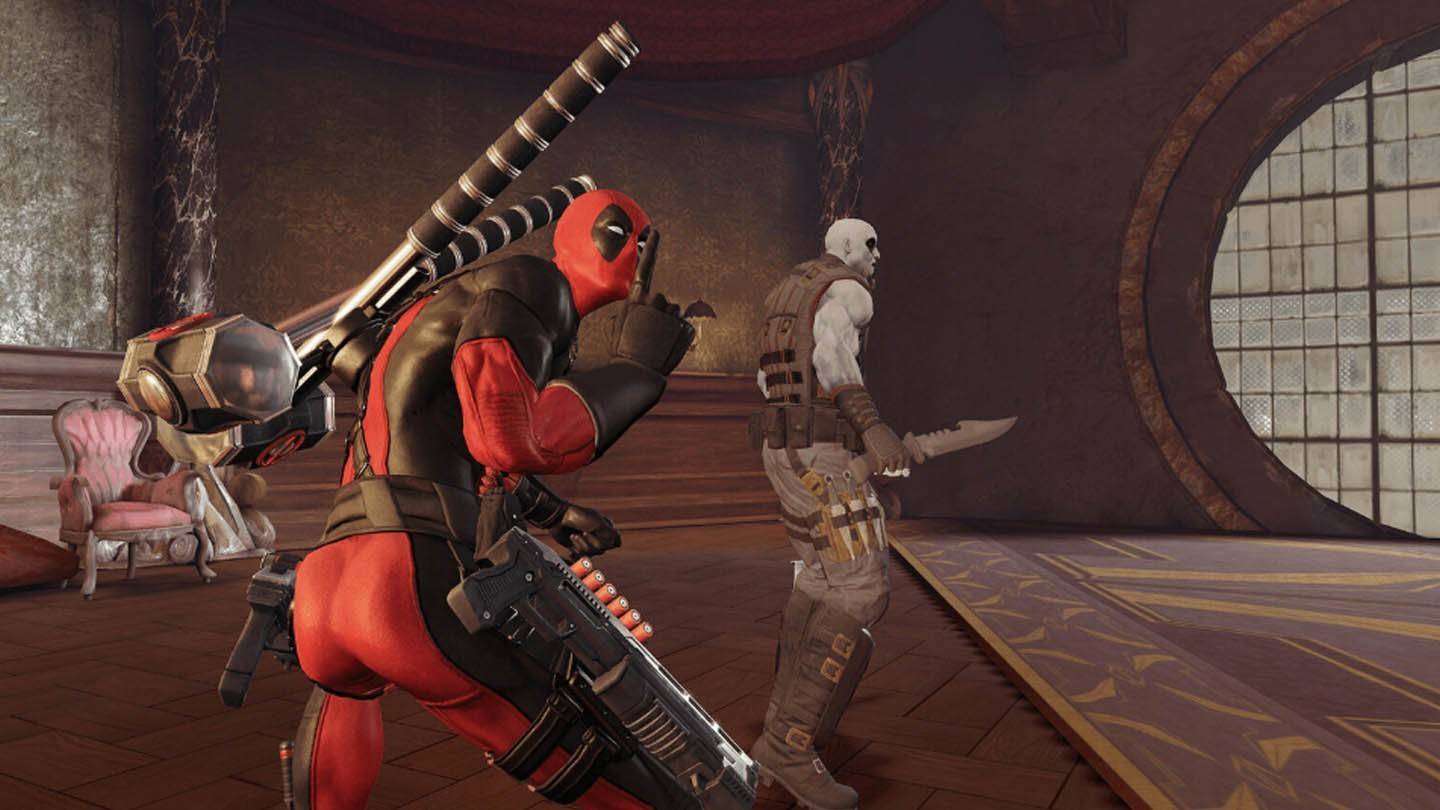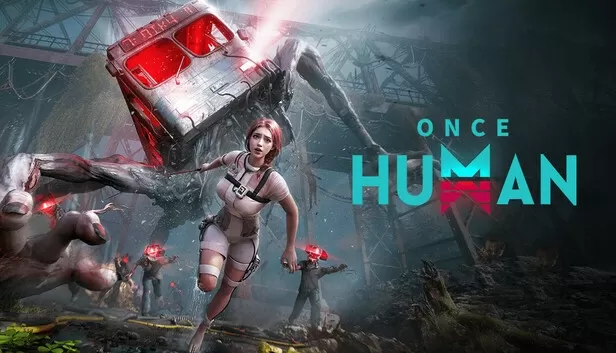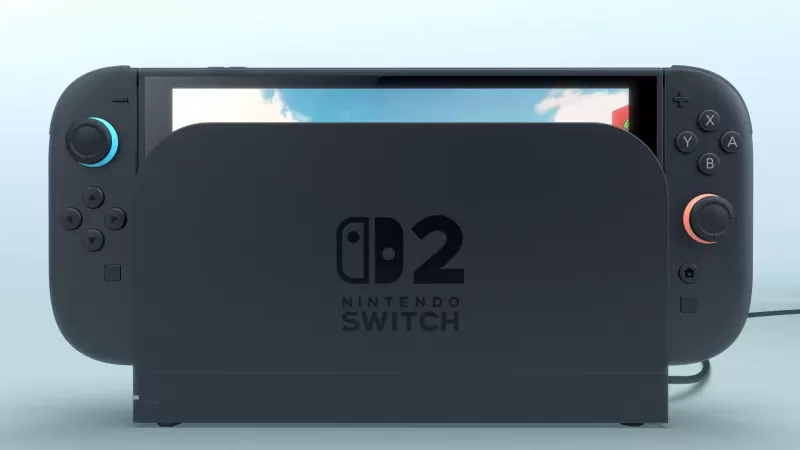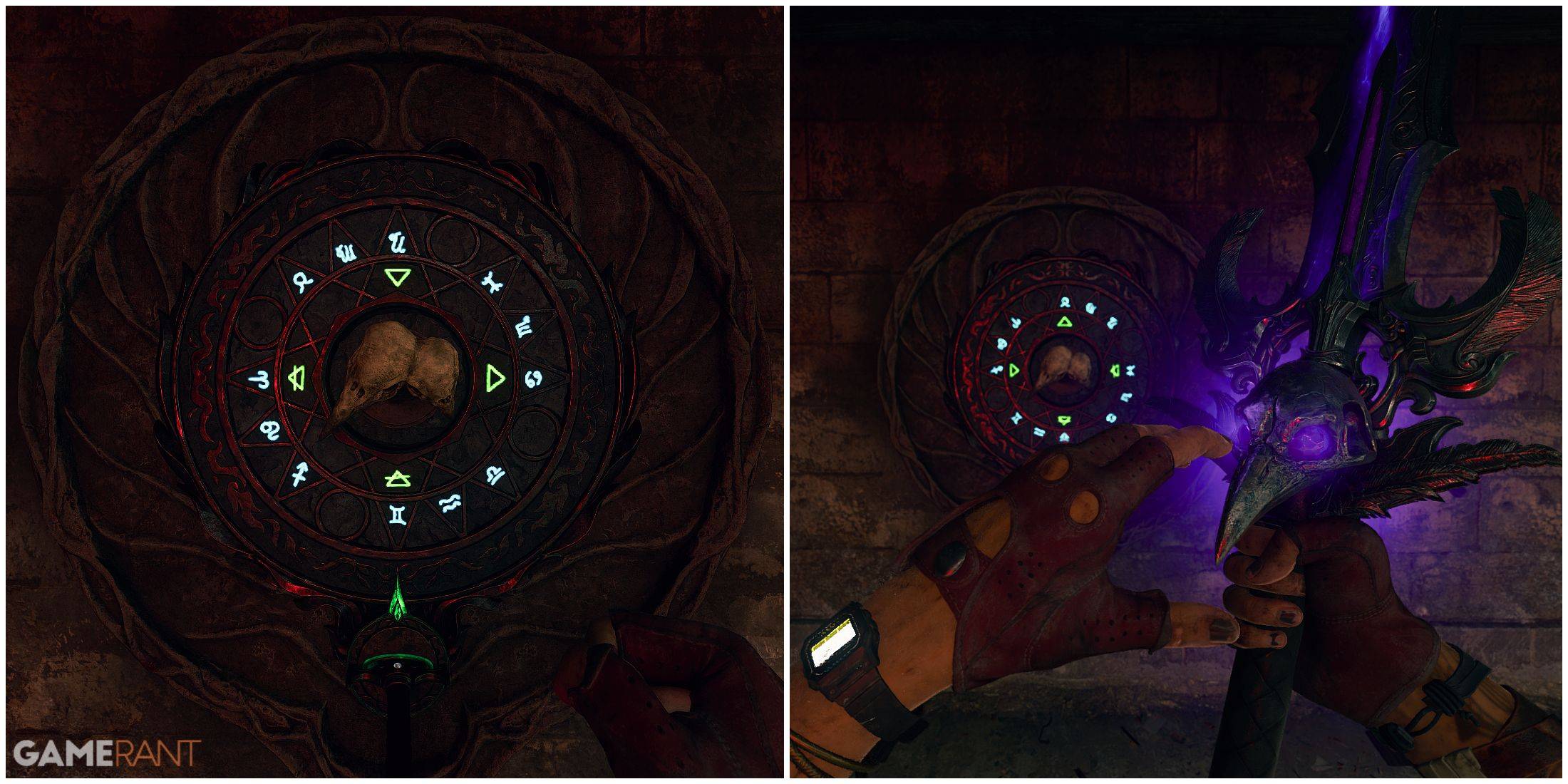Meta-Horror Games: A Unique Genre Explained
- By Henry
- Mar 14,2025
The horror gaming landscape is constantly evolving. Developers constantly grapple with how to create truly terrifying and suspenseful experiences, pushing the boundaries of familiar mechanics. Year after year, what was once innovative can become predictable, leaving the overall impact of a game heavily reliant on its narrative, design, and storyline. While truly groundbreaking horror games are rare, some stand out as exceptional examples of the genre's potential.
Instead of coining a new term, let's use the established "meta-horror" to describe this subgenre. The core element of meta-horror is the breaking of the fourth wall—the game directly interacts not just with its characters and world, but with the player themselves. This technique, and its various applications, can elevate a game to a truly unforgettable experience. If you've played (or even watched playthroughs of) the games discussed below, you'll likely understand the sense of intrigue and astonishment they evoke.
A prime early example of fourth-wall breaking is Psycho Mantis from *Metal Gear Solid*. His infamous command to put down your controller, revolutionary in 1998, was just the beginning. Hideo Kojima masterfully utilized the DualShock controller and console capabilities, manipulating the device, revealing player data like favorite games, and amplifying the tension for those unfamiliar with such interactive elements.
Since then, this technique has been replicated in various games, including *Deadpool*, *Detroit: Become Human*, and *Nier: Automata*. However, beyond the direct player address, these games often lack further meta-horror elements. Unless a game aims for genuine surprise and interaction, breaking the fourth wall can feel like a mere bonus feature.

Among recent releases, *Miside* is sometimes categorized as having "elements of meta-horror." However, its meta-horror aspects are largely limited to player interaction, further complicated by its "game within a game" structure. Perhaps this deserves a more in-depth discussion in the future.
Now, let's delve into some notable examples of meta-horror games:
Table of Contents
Doki Doki Literature Club!

Released in 2017, this visual novel initially presents as a charming romantic comedy, but quickly takes a dark and unsettling turn. This is META-HORROR at its finest! The player interaction extends far beyond simple address; the game accesses your operating system username and creates files containing intriguing and unsettling content. These elements function as both narrative devices and gameplay mechanics.
The literary club, featuring its cast of appealing 2D girls, quickly garnered a dedicated fanbase, attracting both casual players and those fascinated by its innovative approach. While not the first to utilize these techniques, *DDLC* significantly popularized this style of meta-horror gameplay. With several years having passed since its last update, fans eagerly anticipate the next project from the developers.
OneShot

Moving beyond visual novels, let's examine this RPG Maker adventure that pushes the boundaries of meta-horror even further. While not marketed as a horror game, *OneShot* contains genuinely unsettling moments and utilizes meta-horror elements effectively. In *OneShot*, you guide your character to save the world, but the game is acutely aware of *you*.
It directly addresses the player through system windows, creates helpful (and sometimes not-so-helpful) files, and even changes its own title—all integral parts of the puzzle-solving process. Unlike *DDLC*, *OneShot* fully integrates these meta-elements into the core gameplay, creating a truly engaging and memorable experience. For many, including myself, it served as a first introduction to the genre, leaving a lasting impression. I strongly recommend experiencing it firsthand rather than relying solely on descriptions.
IMSCARED

Finally, we reach the pinnacle of meta-horror: *IMSCARED*. When planning this article, *IMSCARED* immediately came to mind, making all the previous examples feel like a prelude.
Some might consider these games akin to viruses, and that's not entirely inaccurate. They access system data and may delete or create files. However, reputable meta-horror games are not malicious. Always exercise caution and be wary of potentially harmful programs disguised as games (though these are thankfully rare).

*IMSCARED* assures you of its harmless nature upon launch, addressing potential antivirus flags and easing concerns. However, what follows is truly extraordinary. *IMSCARED* doesn't consider itself a game; it presents itself as a self-aware entity, a virus interacting with *you*, rather than the other way around. This concept drives the entire gameplay experience. It manipulates you by crashing, minimizing windows, controlling your cursor, and creating both helpful and disruptive files.
Released in 2012, *IMSCARED* has received several updates, maintaining its freshness even in 2025. Be prepared for frustration from frequent crashes and minimizations, but the overall experience is undeniably worthwhile. For me, *IMSCARED* perfectly embodies the essence of meta-horror, terrifying not only through visuals but through its direct interaction with your system.
Conclusion
While many games utilize similar techniques, few master them as effectively as the titles discussed above. Meta-horror offers a unique and unsettling gaming experience, and I highly recommend trying at least one of these games. If visual novels aren't your preferred genre, *OneShot* and *IMSCARED* are excellent starting points. For fans of randomized experiences and survival horror elements, *Voices of the Void* provides another compelling option.
Latest News
more >-

- Pokémon TCG Pocket adds Eevee Grove set
- Nov 18,2025
-

- Top Once Human Loadouts: PvE & PvP Gear Guide
- Nov 17,2025
-
- Daredevil: Born Again revives Netflix ties
- Nov 17,2025
-

-

- Donkey Kong Hits Switch 2 Soon
- Nov 16,2025



